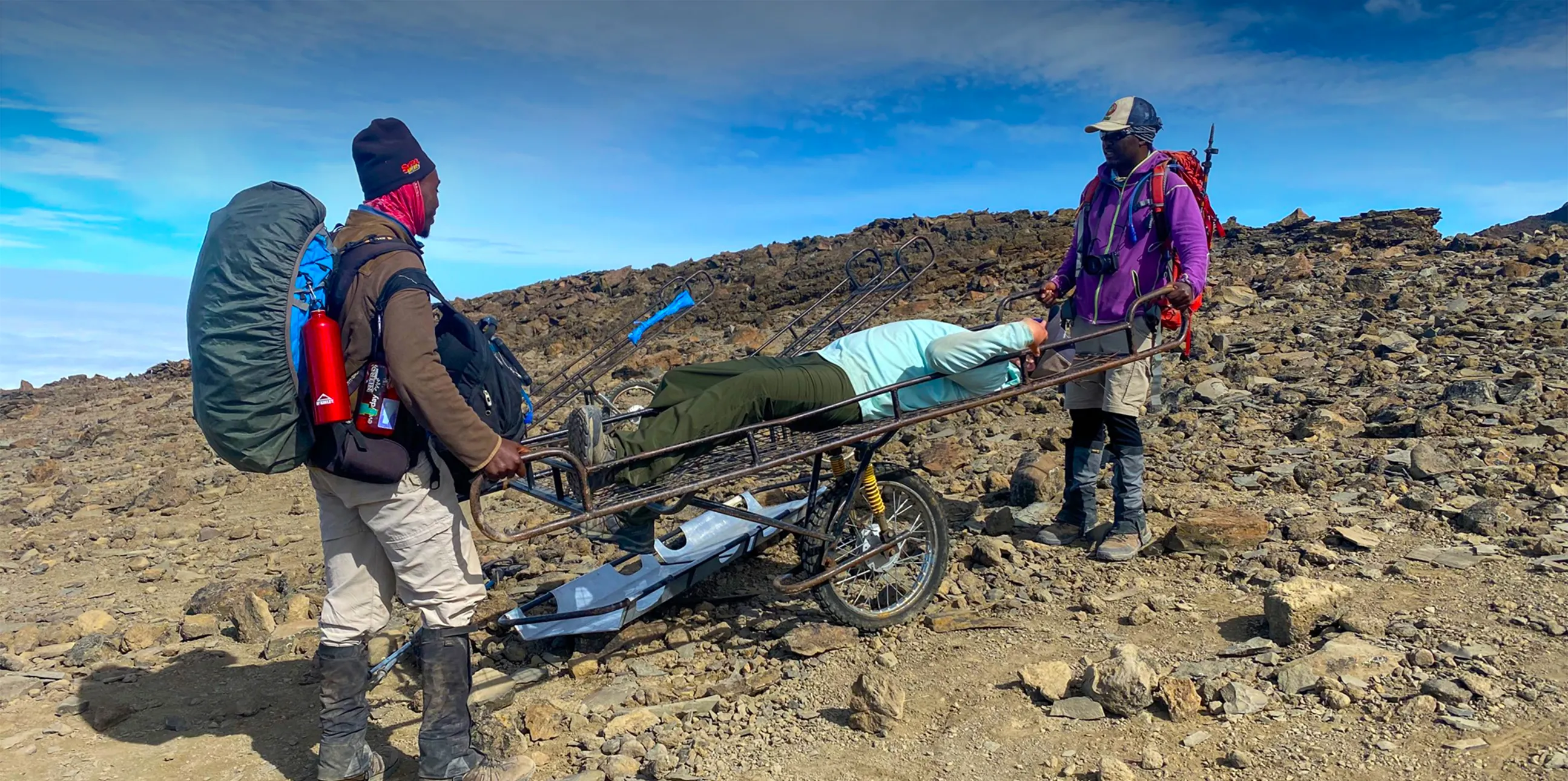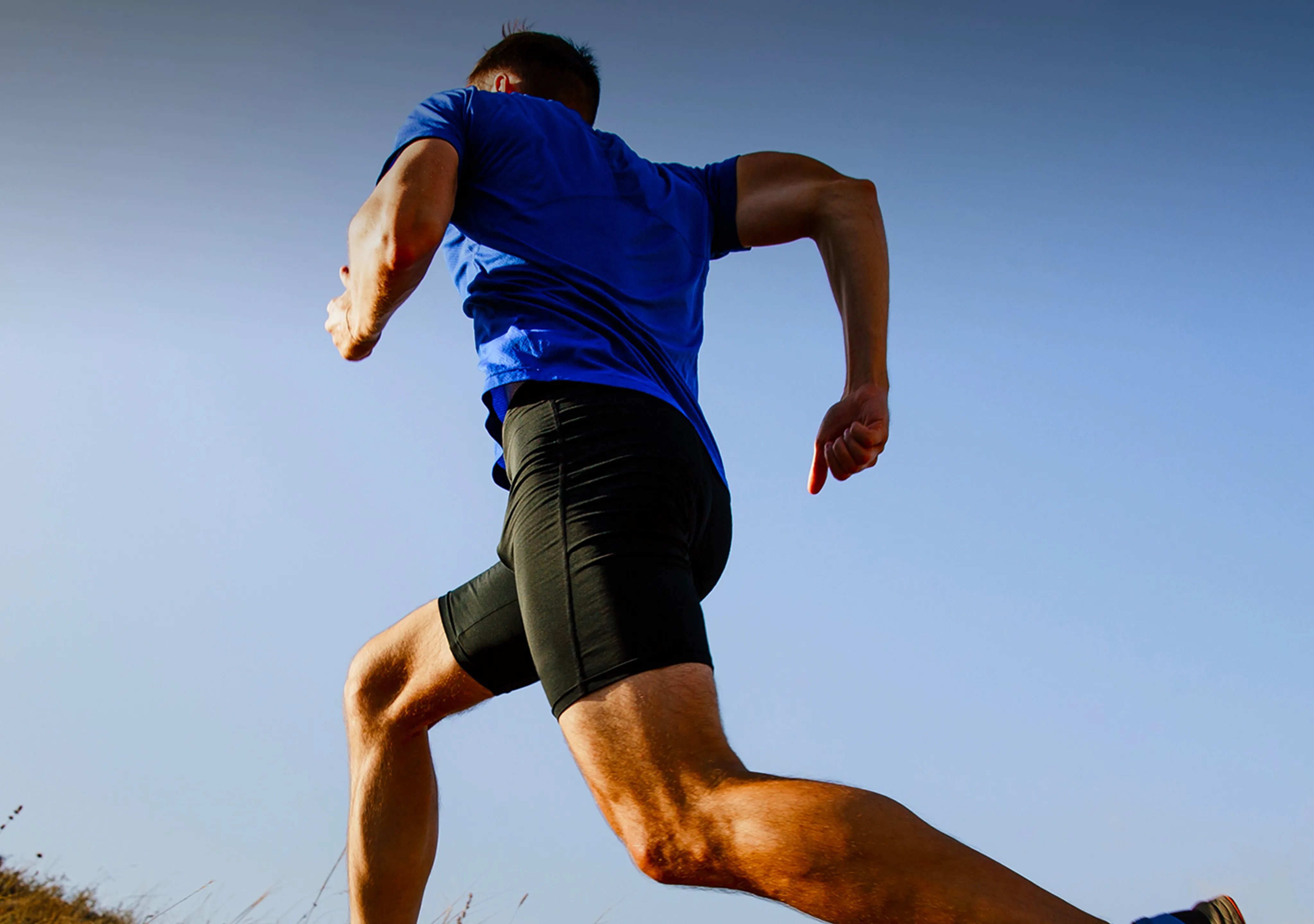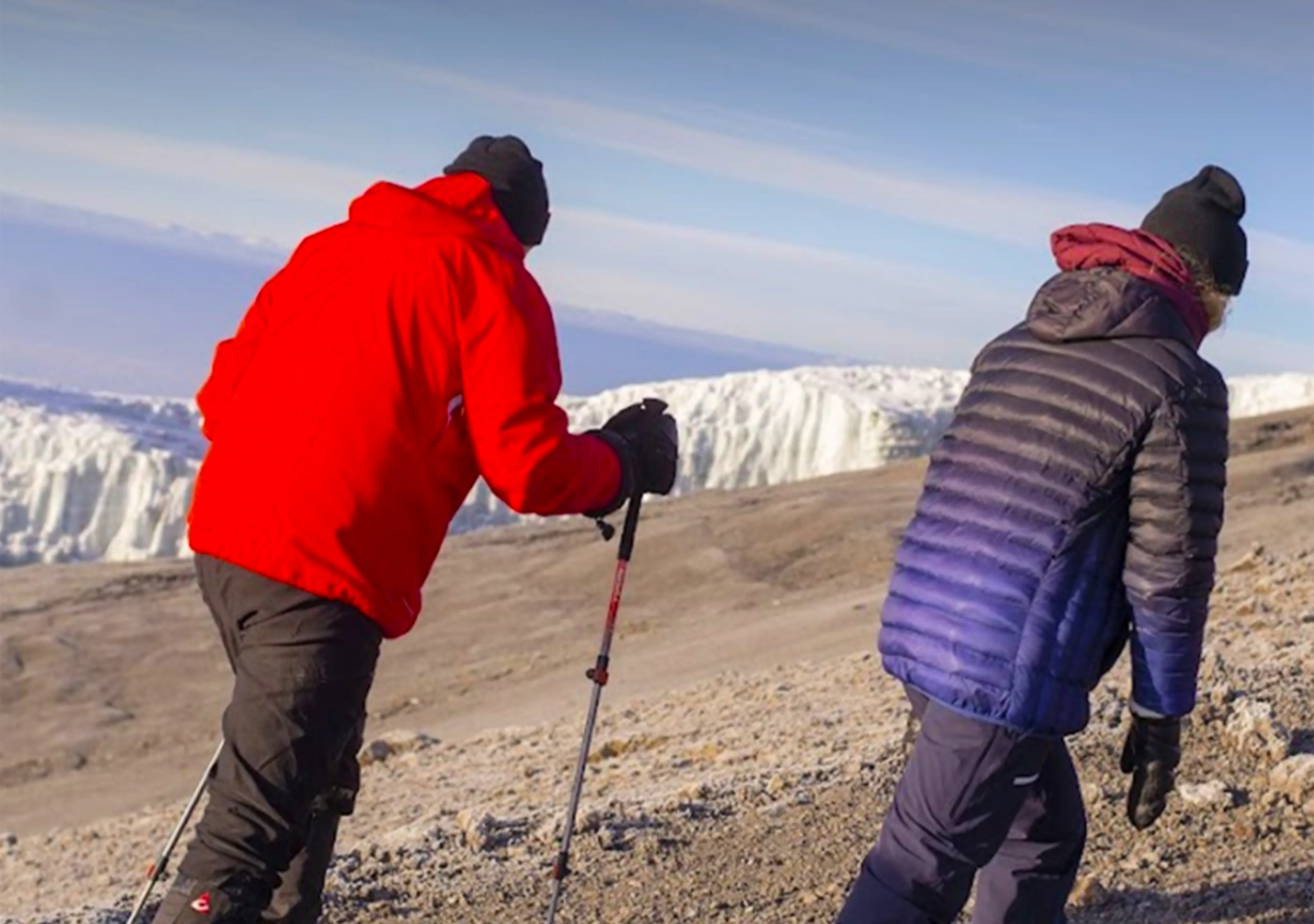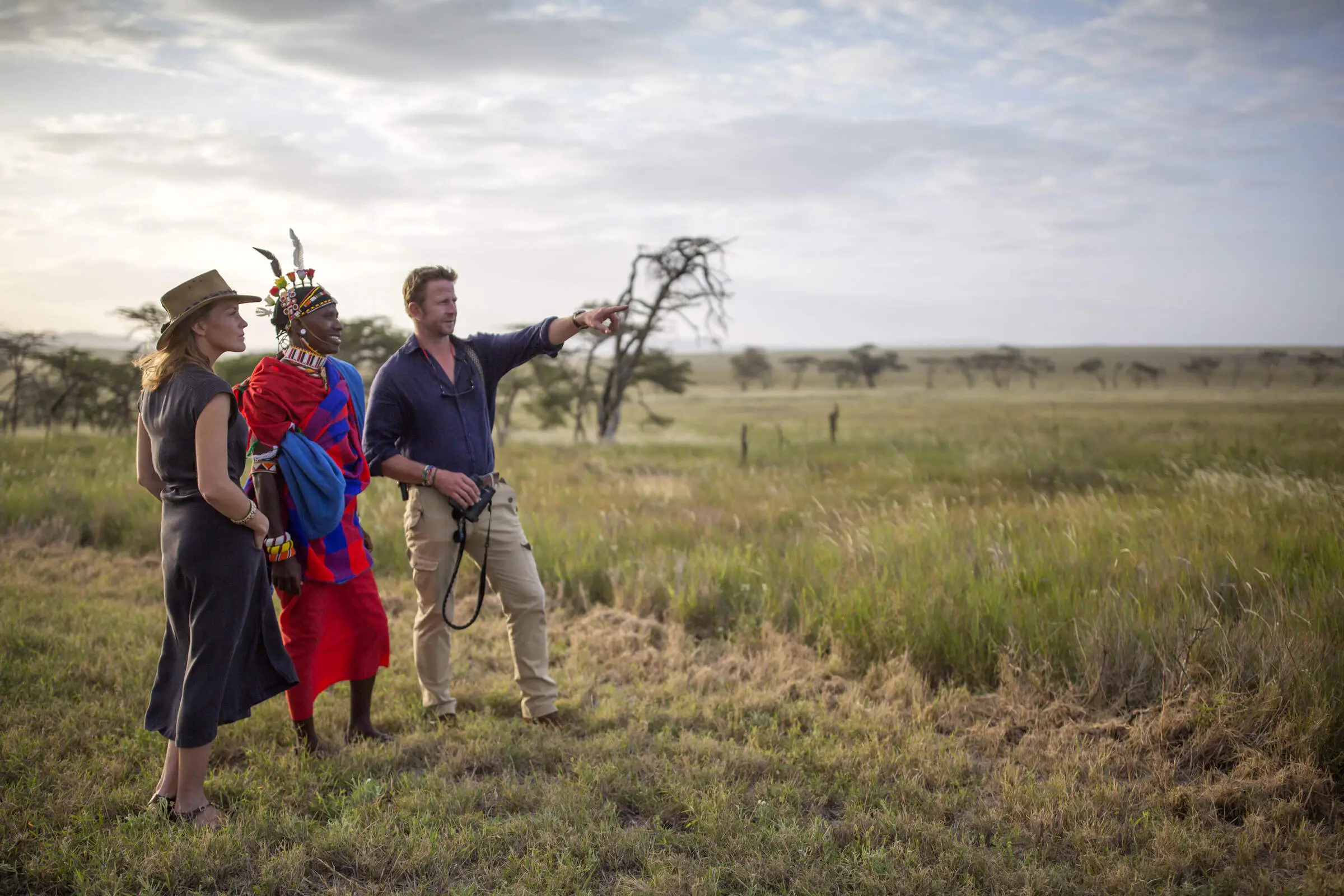

Many adventurers want to climb Mount Kilimanjaro. As Africa’s highest summit at 5,895 meters (19,341 feet), it doesn’t require ropes or climbing gear, but it does demand respect, especially when it comes to Kilimanjaro Altitude Sickness.
As they climb, even fit hikers can have trouble with the effects of less oxygen and decreased air pressure. To have a safe and effective Kilimanjaro Climbing Tour, you need to know how altitude sickness works and how to get ready for it.
Altitude sickness, also called Acute Mountain Sickness (AMS), can range from mild discomfort to life-threatening emergencies. It typically occurs when climbers ascend too quickly without allowing their bodies to adapt.
Mild AMS may feel like a hangover, while moderate to severe AMS includes unrelenting headache, shortness of breath, and even loss of coordination.
High Altitude Pulmonary Oedema (HAPE) develops due to fluid build-up in the lungs. It can happen without any other AMS symptoms.
High Altitude Cerebral Oedema (HACE) is caused by fluid around the brain and can be deadly without immediate treatment.
Immediate descent is the only solution if HAPE or HACE is suspected.

Our guides on a Kilimanjaro Climbing Tour are trained to keep an eye on climbers with gear like pulse oximeters. This instrument checks the amount of oxygen in the blood, which helps figure out how well the body is handling high altitudes.
The Lake Louise Scoring System (LLSS) is a well-known way to look at symptoms more closely. It was created in 1991 during a consensus meeting in Lake Louise, Canada. Altitude medicine professionals from all around the world still use and update this score system to check for Acute Mountain Sickness (AMS) in climbers.
The severity of each symptom is rated on a scale from 0 to 3. If you have a headache with a total score of 3 or higher, you probably have AMS. If the score goes up or the symptoms get worse, the climber may need to stop climbing or start going down for their safety.
Kilimanjaro Acclimatisation is your body’s process of adapting to reduced oxygen levels at high altitudes. When done right, it increases your chances of reaching the summit safely.
The way you plan and pace your climb plays a major role in preventing Kilimanjaro Altitude Sickness. Here are some tips that make a big difference:
Not everyone is affected the same way by altitude. Even healthy, fit climbers can experience problems.
People with the following conditions need medical clearance:
Some climbers also take Diamox, a prescription medication that helps with acclimatisation. It is advisable to consult a doctor before your Mount Kilimanjaro Climbing Tour to understand the medications you need.
Sleep problems are very common at altitude. One condition, called Cheyne-Stokes breathing, causes irregular breathing patterns during sleep. Climbers may wake up gasping or experience poor sleep quality.
Though not dangerous, it can lead to fatigue. Diamox is often used to regulate this breathing pattern.

Altitude isn’t the only challenge. Climbers should be aware of:
Your climbing Kilimanjaro guides perform health checks twice daily. They check your:
If you show signs of worsening altitude sickness, you may be required to descend.
Our guides carry emergency oxygen and are trained in Kilimanjaro Rescue procedures. Helicopter rescue is available in emergencies. Stretcher evacuations are also possible depending on the situation.
Yes, definitely. Kilimanjaro Altitude training involves simulating low oxygen conditions before your climb. This can include:
A practical option is to climb Mount Meru before Kilimanjaro. It's nearby and gives your body a chance to begin Kilimanjaro Acclimatisation early.
The symptoms of Kilimanjaro Altitude Sickness are not something you should take lightly. Taking preventive measures like correct planning, route choice, hydration, and medications can help tackle the symptoms well.
Kilimanjaro Climbing Tours are safe when done with responsible operators like Bestday Safaris, who prioritise health and safety.
We do thorough safety inspections, carry emergency oxygen, teach our guides on how to handle high altitudes, and offer routes that are well-paced to help people acclimatise. Our crew makes sure that every step of the way is safe, informed, and supported.

It is a long established fact that a reader will be distracted by the readable content of a page when
We use equipment of international standards & our guides are trained in First aid & personal protection equipment
We use equipment of international standards & our guides are trained in First aid & personal protection equipment
We use equipment of international standards & our guides are trained in First aid & personal protection equipment
It's exciting to climb Kilimanjaro, but it's even more fun when you're ready. There are plans, training tips, packing lists, safety tips, and more here for you to find all the trip guides you need. Before your trip, click on each of the guides below to learn more.
Whether you are ready for Tanzania Safari Dream or Kilimanjaro Adventure or Beach Relaxation for a few days or a few weeks long, our experts will create an itinerary from scratch, fully tailored to your wishes. Want to visit a beautiful destination or start an adventure to reach the top, or relax in a paradise, we will make it happen.